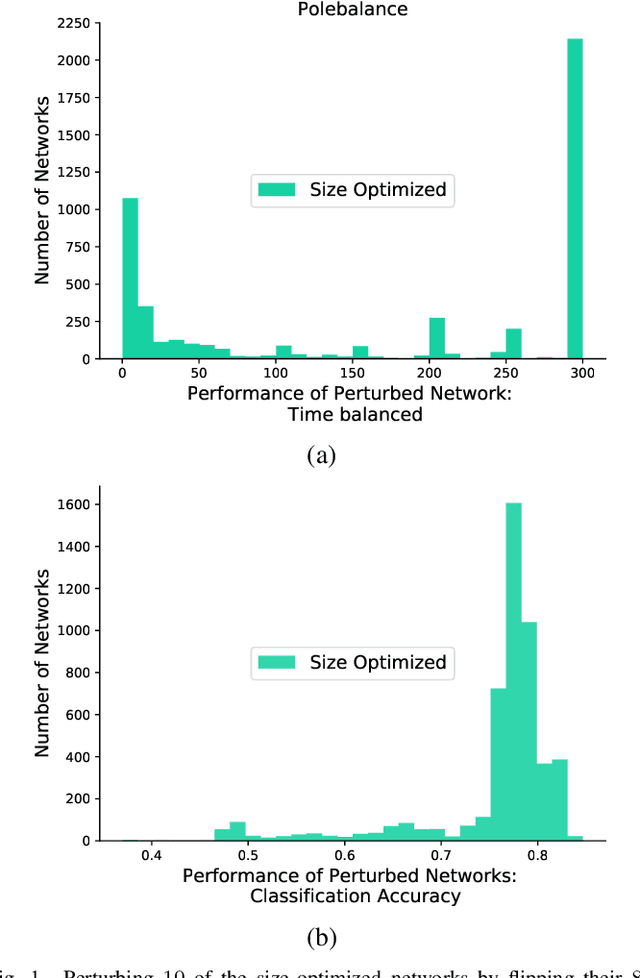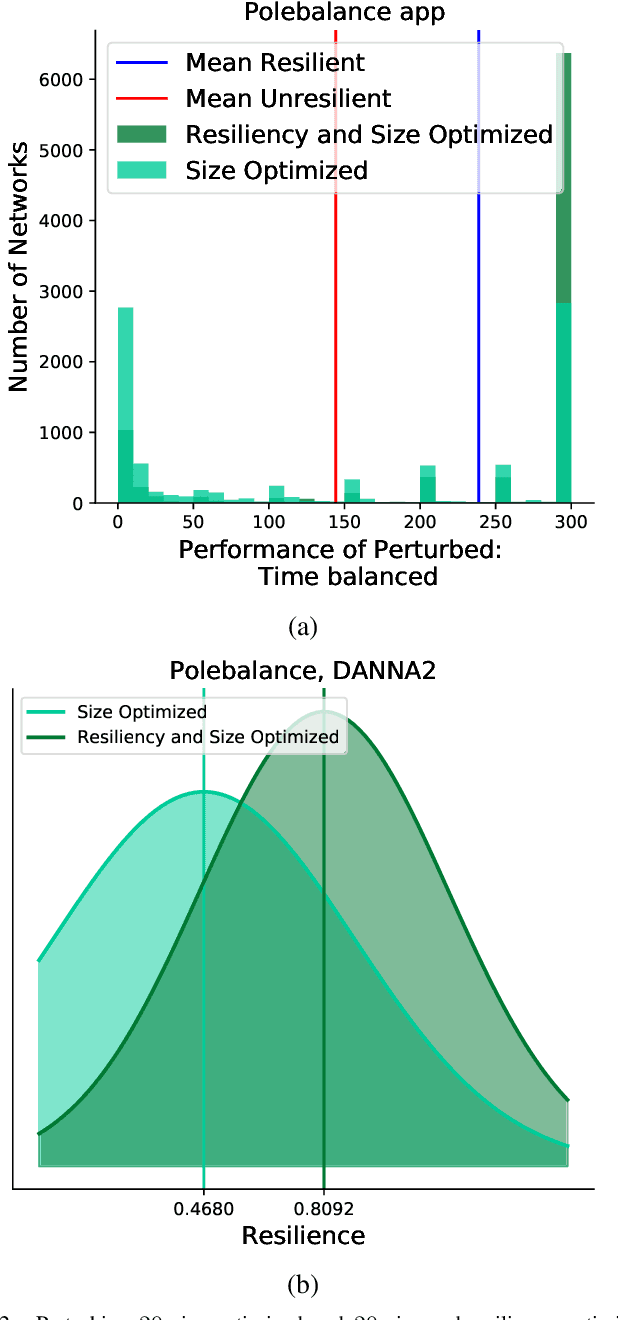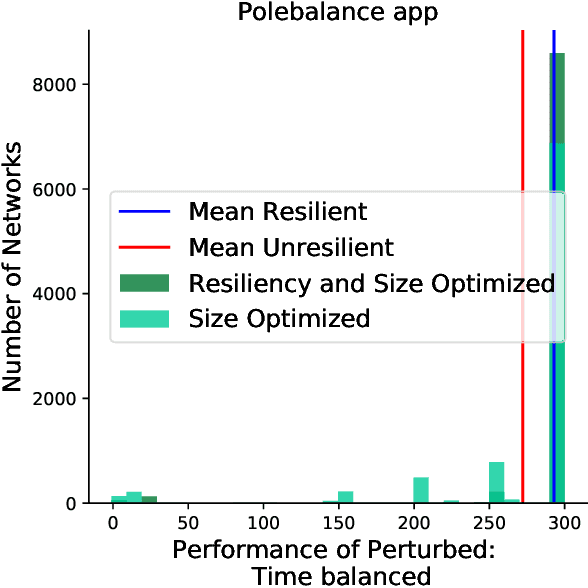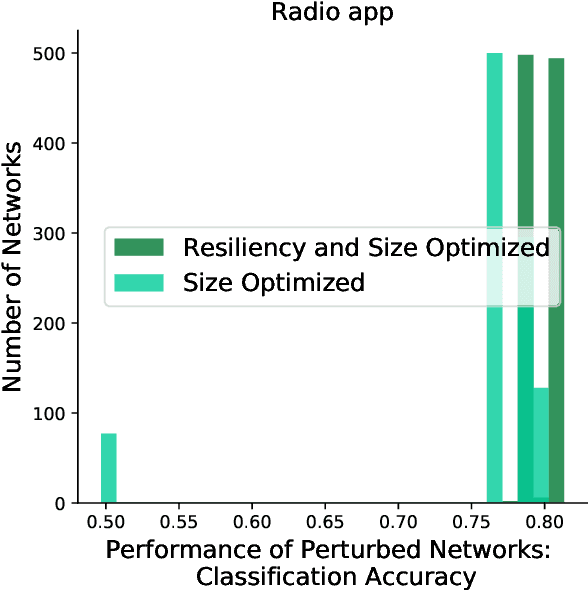Travis Johnston
Oak Ridge National Lab, Oak Ridge, USA
PEng4NN: An Accurate Performance Estimation Engine for Efficient Automated Neural Network Architecture Search
Jan 11, 2021



Abstract:Neural network (NN) models are increasingly used in scientific simulations, AI, and other high performance computing (HPC) fields to extract knowledge from datasets. Each dataset requires tailored NN model architecture, but designing structures by hand is a time-consuming and error-prone process. Neural architecture search (NAS) automates the design of NN architectures. NAS attempts to find well-performing NN models for specialized datsets, where performance is measured by key metrics that capture the NN capabilities (e.g., accuracy of classification of samples in a dataset). Existing NAS methods are resource intensive, especially when searching for highly accurate models for larger and larger datasets. To address this problem, we propose a performance estimation strategy that reduces the resources for training NNs and increases NAS throughput without jeopardizing accuracy. We implement our strategy via an engine called PEng4NN that plugs into existing NAS methods; in doing so, PEng4NN predicts the final accuracy of NNs early in the training process, informs the NAS of NN performance, and thus enables the NAS to terminate training NNs early. We assess our engine on three diverse datasets (i.e., CIFAR-100, Fashion MNIST, and SVHN). By reducing the training epochs needed, our engine achieves substantial throughput gain; on average, our engine saves $61\%$ to $82\%$ of training epochs, increasing throughput by a factor of 2.5 to 5 compared to a state-of-the-art NAS method. We achieve this gain without compromising accuracy, as we demonstrate with two key outcomes. First, across all our tests, between $74\%$ and $97\%$ of the ground truth best models lie in our set of predicted best models. Second, the accuracy distributions of the ground truth best models and our predicted best models are comparable, with the mean accuracy values differing by at most .7 percentage points across all tests.
Multi-Objective Optimization for Size and Resilience of Spiking Neural Networks
Feb 04, 2020



Abstract:Inspired by the connectivity mechanisms in the brain, neuromorphic computing architectures model Spiking Neural Networks (SNNs) in silicon. As such, neuromorphic architectures are designed and developed with the goal of having small, low power chips that can perform control and machine learning tasks. However, the power consumption of the developed hardware can greatly depend on the size of the network that is being evaluated on the chip. Furthermore, the accuracy of a trained SNN that is evaluated on chip can change due to voltage and current variations in the hardware that perturb the learned weights of the network. While efforts are made on the hardware side to minimize those perturbations, a software based strategy to make the deployed networks more resilient can help further alleviate that issue. In this work, we study Spiking Neural Networks in two neuromorphic architecture implementations with the goal of decreasing their size, while at the same time increasing their resiliency to hardware faults. We leverage an evolutionary algorithm to train the SNNs and propose a multiobjective fitness function to optimize the size and resiliency of the SNN. We demonstrate that this strategy leads to well-performing, small-sized networks that are more resilient to hardware faults.
 Add to Chrome
Add to Chrome Add to Firefox
Add to Firefox Add to Edge
Add to Edge